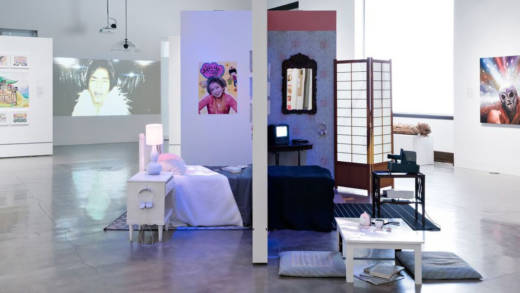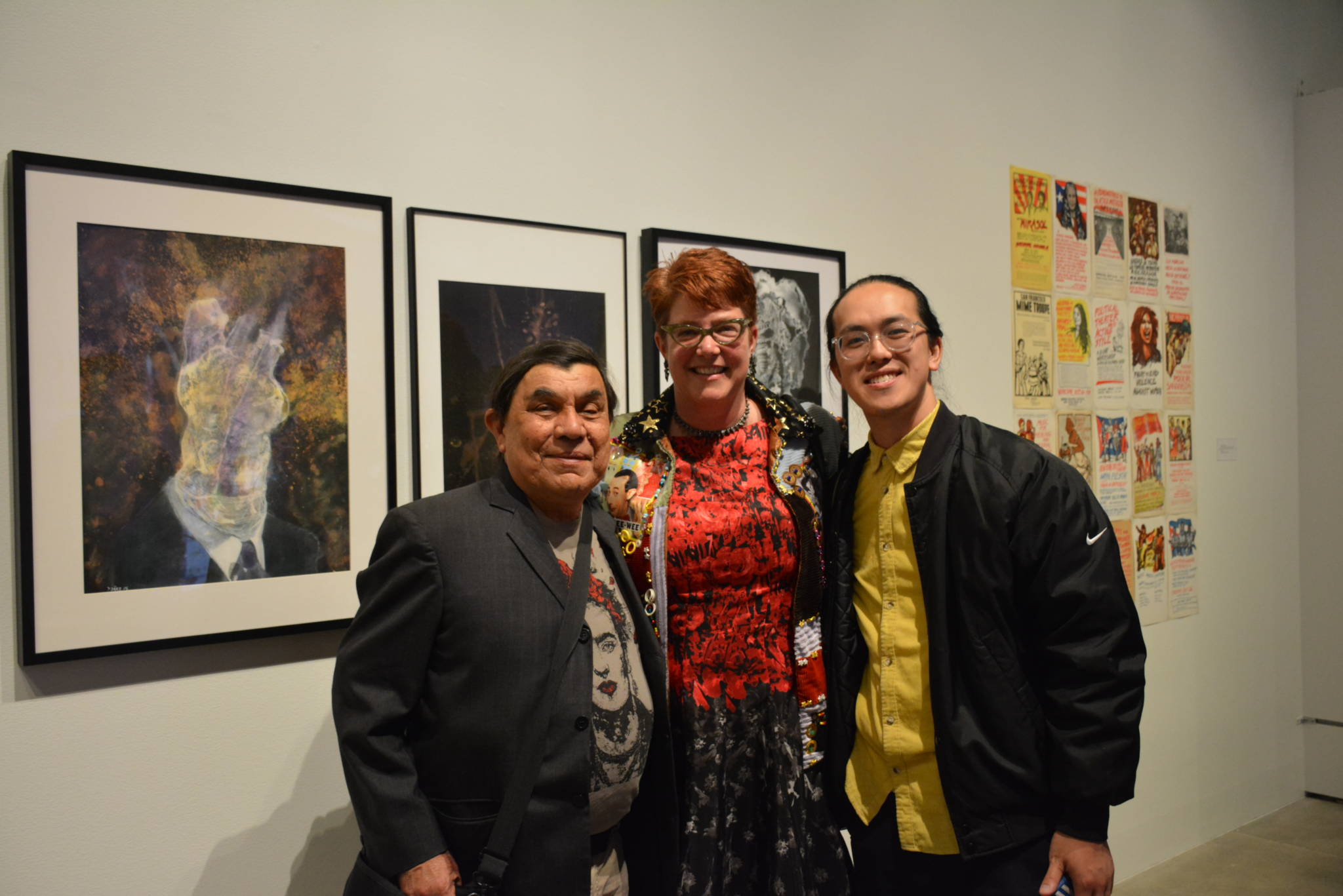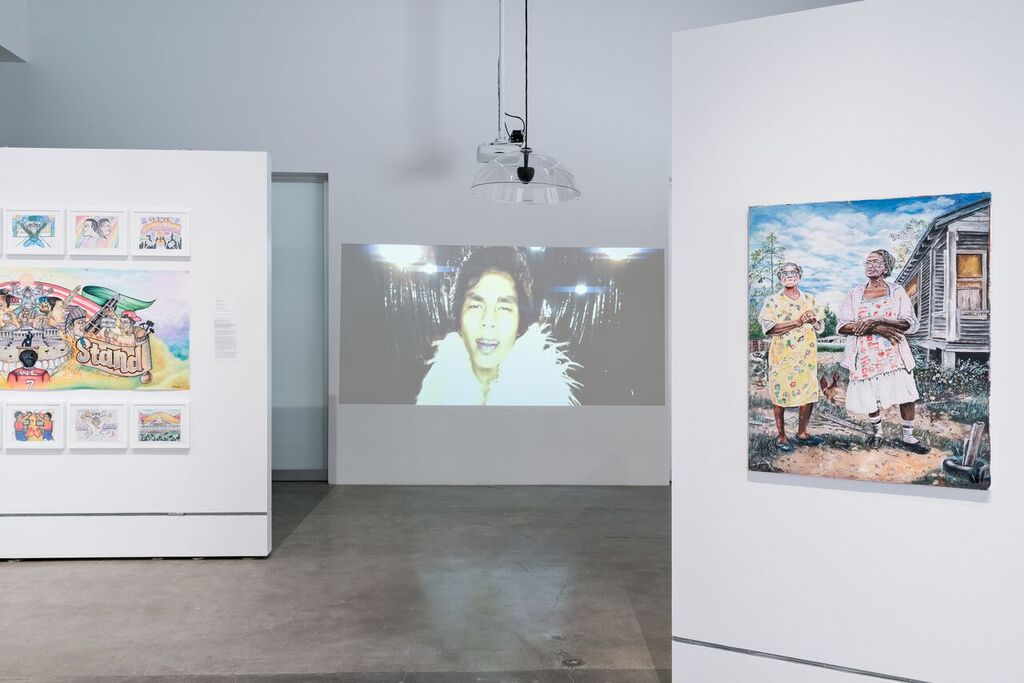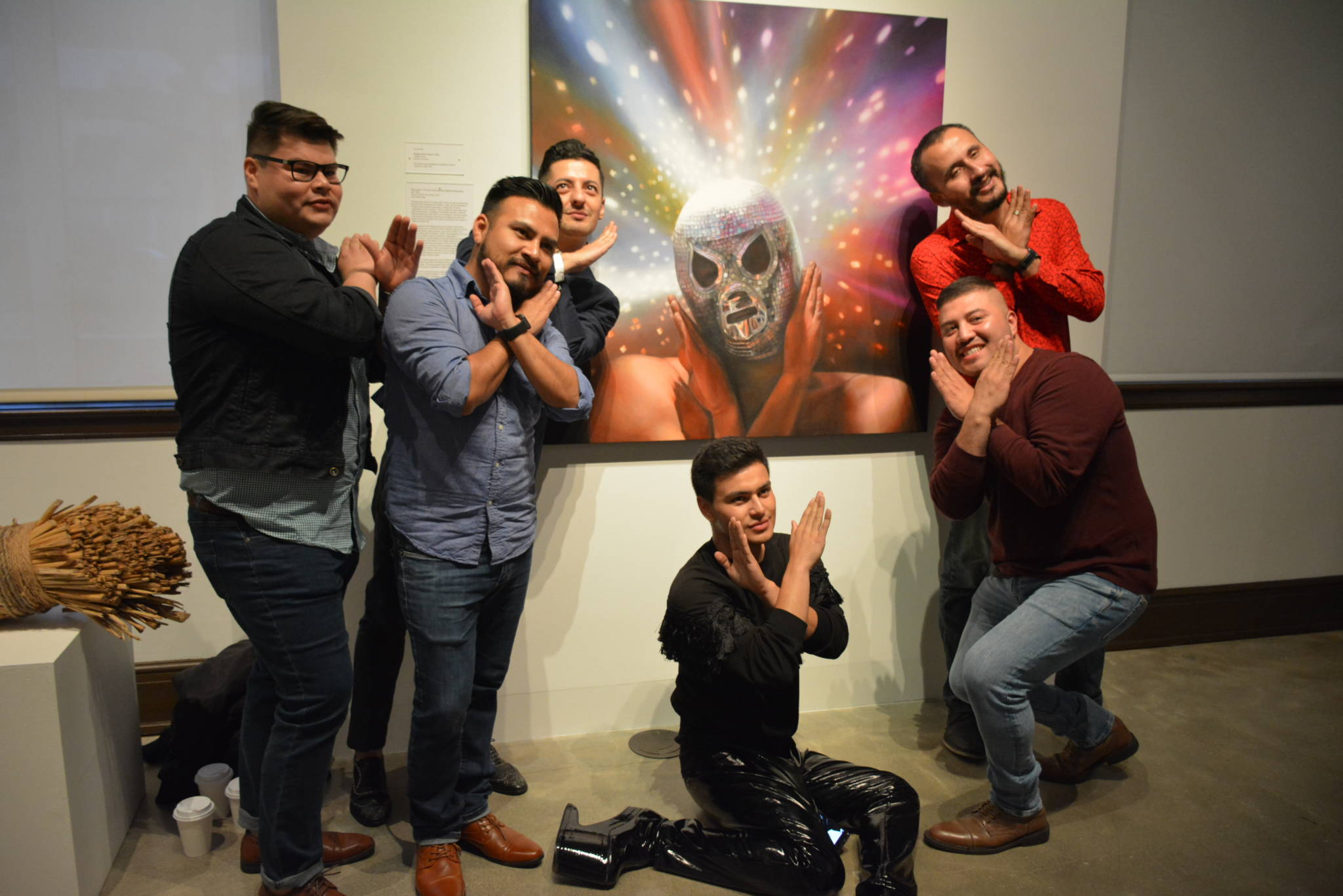“The N.A.P. was going like a house afire.”
When interviewed in Susan Wels’ 2013 book San Francisco: Arts for the City – Civic Art and Urban Change, 1932-2012, former San Francisco Arts Commission Director Martin Snipper described the Neighborhood Arts Program (N.A.P.) in terms that perfectly capture the thousands of creative sparks that illuminated the program in the late 1960s. Culture Catalyst, the tightly curated and deeply considered exhibition now on view at the San Francisco Arts Commission Gallery, honors both those fiery early years and its influence on today’s cultural landscape.
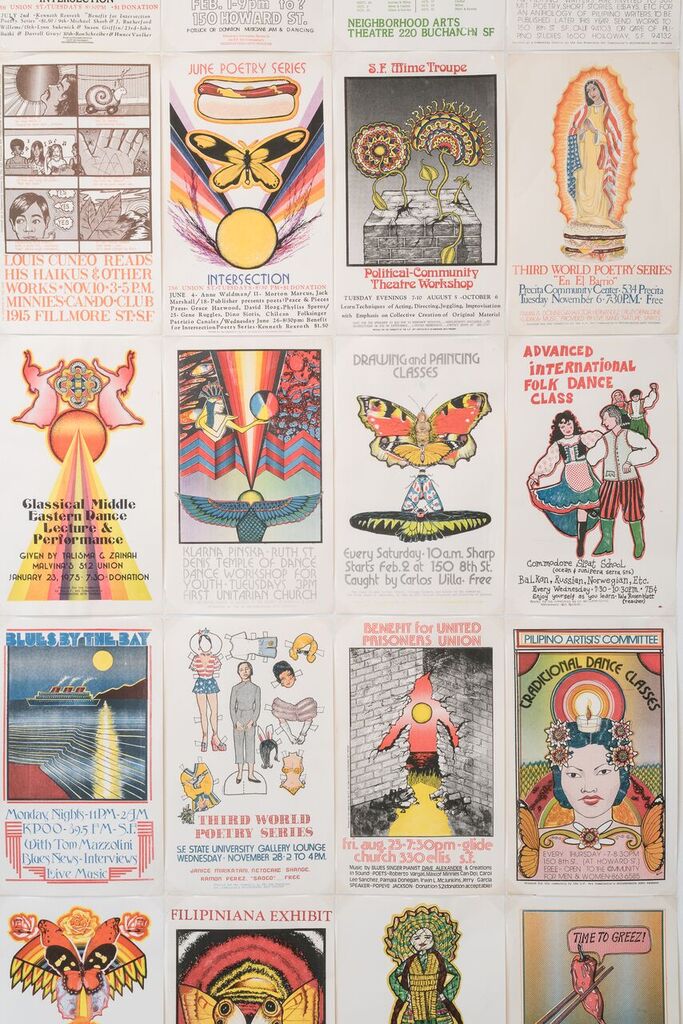
The SFAC formed the N.A.P. in 1967, profoundly influencing the San Francisco arts scene well into the early 1980s (the program ended in 1984). Born of artist and activist demands that the city support arts programming in San Francisco’s ethnically and economically diverse neighborhoods, the program provided free or low-cost support services to local artists, including portable stages, costume and scenery banks, AV equipment, arts and crafts supplies, and so much more.
Federal dollars later fortified the N.A.P. under the 1973 CETA (Comprehensive Education and Training Act) block grant, which funded employment for hundreds of artists who then shared their skills in schools, community centers, hospitals and prisons. Like its Depression-era predecessor Federal Project Number One (collectively identified under the Works Progress Administration), CETA came into being amidst a deep recession and high unemployment. Also like the WPA, federal funding for N.A.P. brought art, its production and appreciation, to the center of cultural life in economically fraught times.
Culture Catalyst curators Kevin B. Chen and Jaime Cortez faced a daunting task: present 50 years of cultural history shaped by thousands of participants and programs throughout San Francisco, and convey how that rich legacy registers today.
